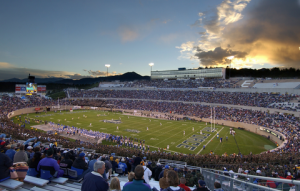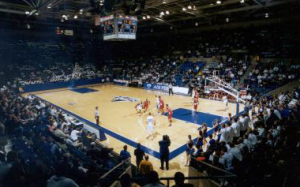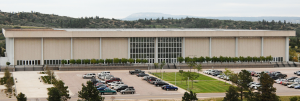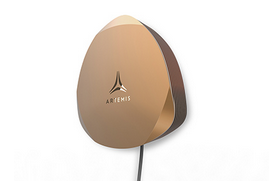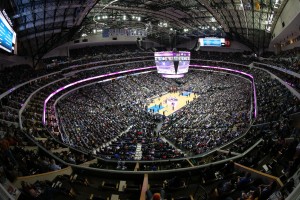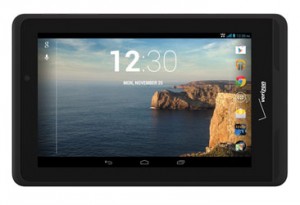“It looks beautiful from the highway, but it’s not modern,” said Dermot “Derm” Coll, CEO of the Air Force Academy Athletic Corporation, in a recent phone interview. Though its many of its 46,692 seats offer soaring views across the field and across the plains and foothills just north of Colorado Springs, Coll said the stadium, which was built in 1962, was something of a black hole when it came to cellular or wireless communications.
Over the past few years as smartphones have become popular, Coll said fans were frustrated by their inability to make calls or connect to the Internet, and even staffers on site couldn’t communicate wirelessly. “Fans wanted to do what they do at home, so we saw a great need” for better connectivity, Coll said. And thanks to a new deal with Boingo Wireless, fans and cadets and any other visitors to Air Force Academy sports facilities will soon have both high-speed Wi-Fi and cellular DAS connectivity, which should make communications as pleasing as the mile-high views. In addition to Falcon Field, the deal also calls for Wi-Fi and DAS networks inside the AFA’s Cadet Field House, a cavernous 1960s-era building that hosts a basketball arena, a hockey arena and an indoor track.
Historic landmark status a challenge
Coll, who runs the organization that deals with all the business activities for Air Force athletics, said that signing the deal was the easy part of the long-planned installation. What proved tougher was bringing new wireless technology to facilities that were not only built in the ’60s, but also had historical landmark status.
“It was really challenging just to do things like run cable,” said Coll. “We had to be a little bit creative.”
Doug Lodder, vice president of business development at Boingo Wireless, said installers had to hide some Wi-Fi antennas behind specially designed shielding that sported the Air Force Academy lightning-bolt logo, so as to blend in with Falcon Stadium’s distinctive architecture. “There were not a lot of places to hang stuff,” Lodder said.For the 5,900-seat Clune Arena for basketball and the 2,500-seat Cadet Ice Arena, there were similar challenges. “The Fieldhouse is pretty old and dated, a real Cold War building,” Coll said. “It was not great for tech to prosper there.”
Yet to show how tech-savvy fans have become, Coll said that a small Wi-Fi network installed for internal use was seen by fans who were looking for SSIDs they could connect to.
“We got beat up because people could see the SSID and wanted access to the [internal] Wi-Fi,” Coll said. “So we knew fans had the desire to connect.”
Boingo’s airport rep helps land the deal
When it came to finding a provider for the DAS, Coll said the Academy wanted a neutral third-party host and Boingo fit that bill.
“Boingo gave us a great opportunity without having to go with one carrier over another,” Coll said. Though carrier hosts will often pledge that all their competitors will be welcome to join a carrier-built DAS, Coll didn’t want to have to worry about whether negotiations might keep one provider or another from joining the enhanced cellular network.
“You don’t want to [have to] hope your carrier is on the tower,” Coll said.
Boingo, which provides Wi-Fi service to Denver International Airport, was no stranger to Coll and the Academy.
“We knew their reputation, and they brought a lot to the table,” Coll said. The network at the Academy facilities will be free of charge, unlike some other Boingo public Wi-Fi deployments (such as at Chicago’s Soldier Field) where fans are charged a small amount for network access. The network inside Falcon Stadium is scheduled to be live in time for this year’s spring graduation ceremonies; Coll said the Academy is also looking into the possibility of having Boingo provide more wireless services to the rest of the campus, which is widely spread out through the hillsides just north of Colorado Springs.Though the Academy has a game-day app, according to Coll you couldn’t really do much with it at the stadium because of the connectivity problems. In the near future, Coll said the idea is to bring more live info to the app, including updated stats and video replays.
“In the past you could sit in Falcon Stadium and launch the app, and not much would happen,” Coll said. “Now we’re looking forward to seeing it perform on game day.”
